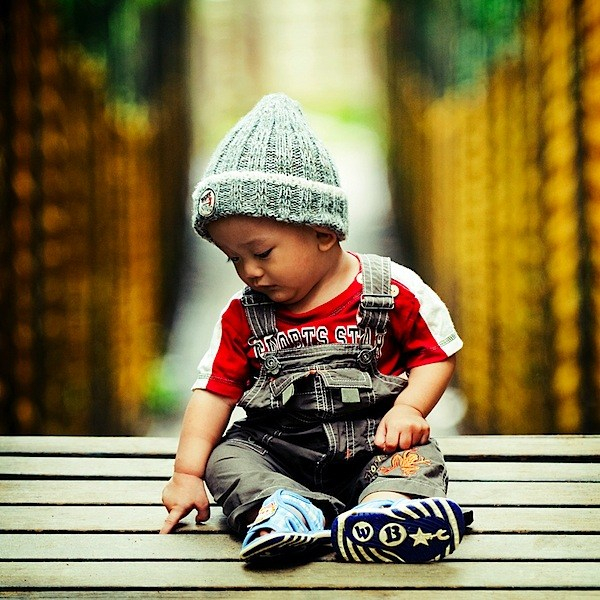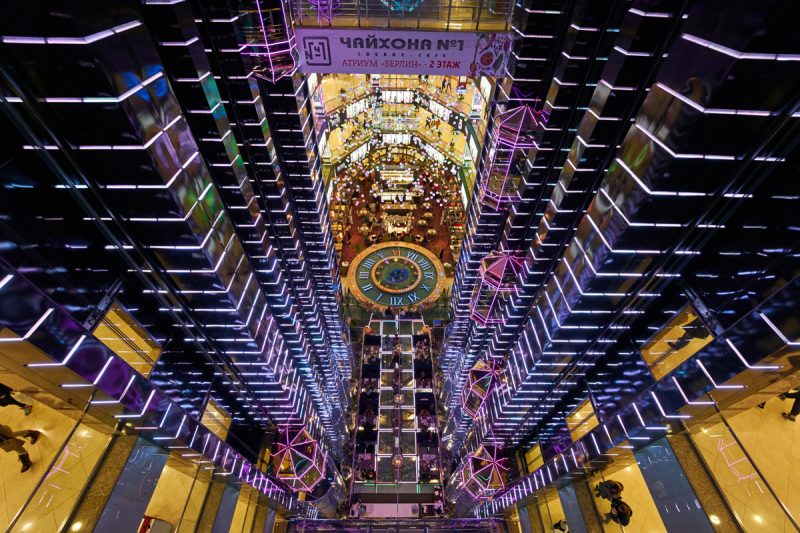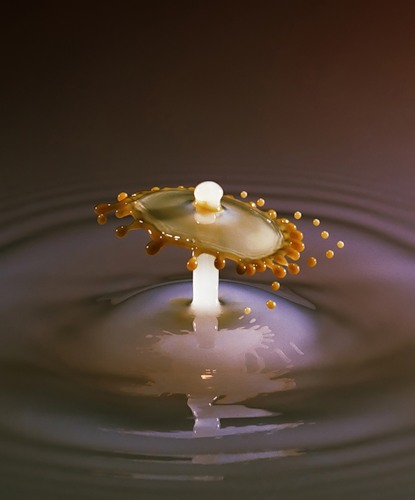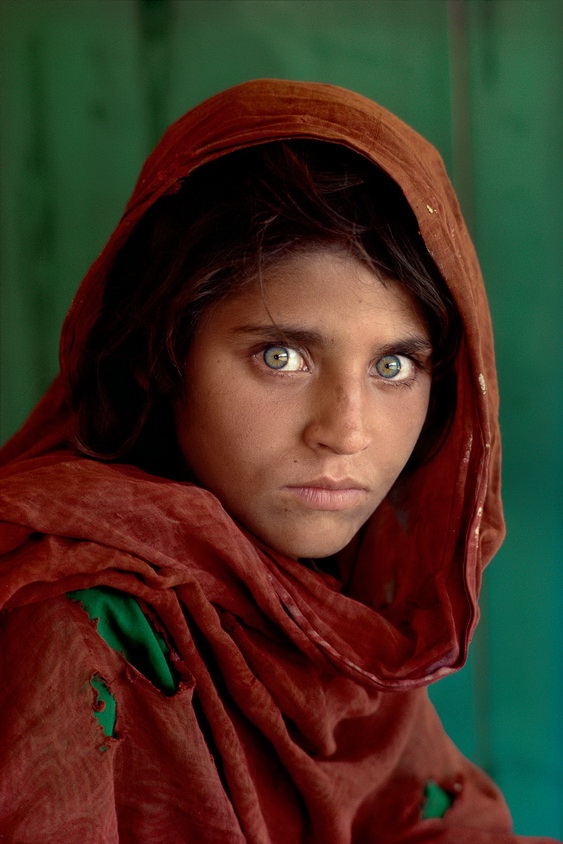ABM TYPES OF LIGHT, OR HOW TO IMPROVE LIGHTING IN YOUR PHOTOS
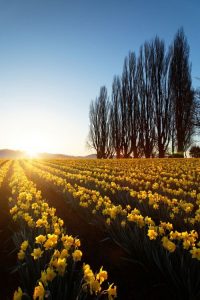 Photography is, first of all, lighting. Sounds simple enough, judging superficially, but, like all photographers, we tend to focus on the object rather than the light. As soon as the photographer sees something unique or original, he immediately focuses on this, and not on the lighting and the resulting exposure, which are necessary primarily to obtain an image of the object being shot.
Photography is, first of all, lighting. Sounds simple enough, judging superficially, but, like all photographers, we tend to focus on the object rather than the light. As soon as the photographer sees something unique or original, he immediately focuses on this, and not on the lighting and the resulting exposure, which are necessary primarily to obtain an image of the object being shot.
How to improve lighting
Just as the search and observation of an object is a difficult task, the search for the right lighting to help you capture dramatic photos is a task that requires a special approach. The Golden Hour is always referred to as the best time of day for shooting. However, not only in the hours close to sunset and sunrise there is an opportunity to take a photo with a sharp lighting. Train your eye to see dramatic light, and its various options.
Side lighting
As one might expect from the name, side lighting is a type of lighting in which light falls on an object from the side. This usually provides greater contrast, long shadows can be created, and depth is added to the image. This type of lighting can add dramatic emphasis to architectural and portrait photography.
How to improve lighting
Rear lighting
In the case of back lighting, the light is behind your subject and directed towards you and the camera. With this type of lighting, silhouettes are easily created. Combined with certain atmospheric conditions, such as fog or aerosol dust, you can get dramatic lighting effects.
Contour lighting
When the light falls at a sharp angle, it can create glare at the edges of the subject. Sharp contrast provides highlight elements and shapes. This type of lighting is common in macro photography, wildlife photography and nude artistic photography.
How to improve lighting
Fill light
Fill lighting is indirect soft lighting, which often beats off from one surface to another. As a result of indirect illumination, the brightness of your object becomes lower than with other types. In fact, most photographers can simply ignore this type of light, paying more attention to others, because they rarely think about it consciously. Fill light works well for a variety of photographic genres, in particular, for landscape photography and portraits.
Soft or diffused light
Soft light is a diffuse illumination that is uniform. This type of lighting reduces contrast and minimizes shadows. Soft light is great for portrait photography, macro photography and nature photography.
Hard light is direct, can often be intense in brightness. This type of lighting creates strong shadows and high contrast. Illuminated areas can be quite intense in hard lighting conditions, so special attention should be paid to exposure. Hard light can be stylistically applied to almost any genre of photography, but for many viewers it may be less attractive than other types of lighting.
Very simple: we work with spot lighting when a focused amount of light highlights a specific part of your object or picture as a whole. This type of lighting can create strong shadows and contrast. Spot light is used in all genres of photography.
Artificial lighting
The most obvious type is artificial lighting. It can be generated using various studio lamps, built-in or external flashes. There are several genres of photography in which artificial lighting cannot be successfully used; it provides a lot of flexibility and creative possibilities.
Various lighting combinations
Finally, of course, there are combinations of any or all of the considered types of lighting. There is no rule that you should use only one form. Creative lighting of your object is an integral part of the photographic process.
How to improve lighting
Now, when you look at the pictures that you like or when you go out to take new pictures, keep this information in your mind. Ask yourself, what kind of lighting does this particular look, the one I look at or just going to make, so attractive? Study lighting, and soon you will find that this knowledge penetrates your work, both consciously and unconsciously. Adjusting and / or finding the right light will help you to emphasize the object and create an image with a large impact on the viewer.
